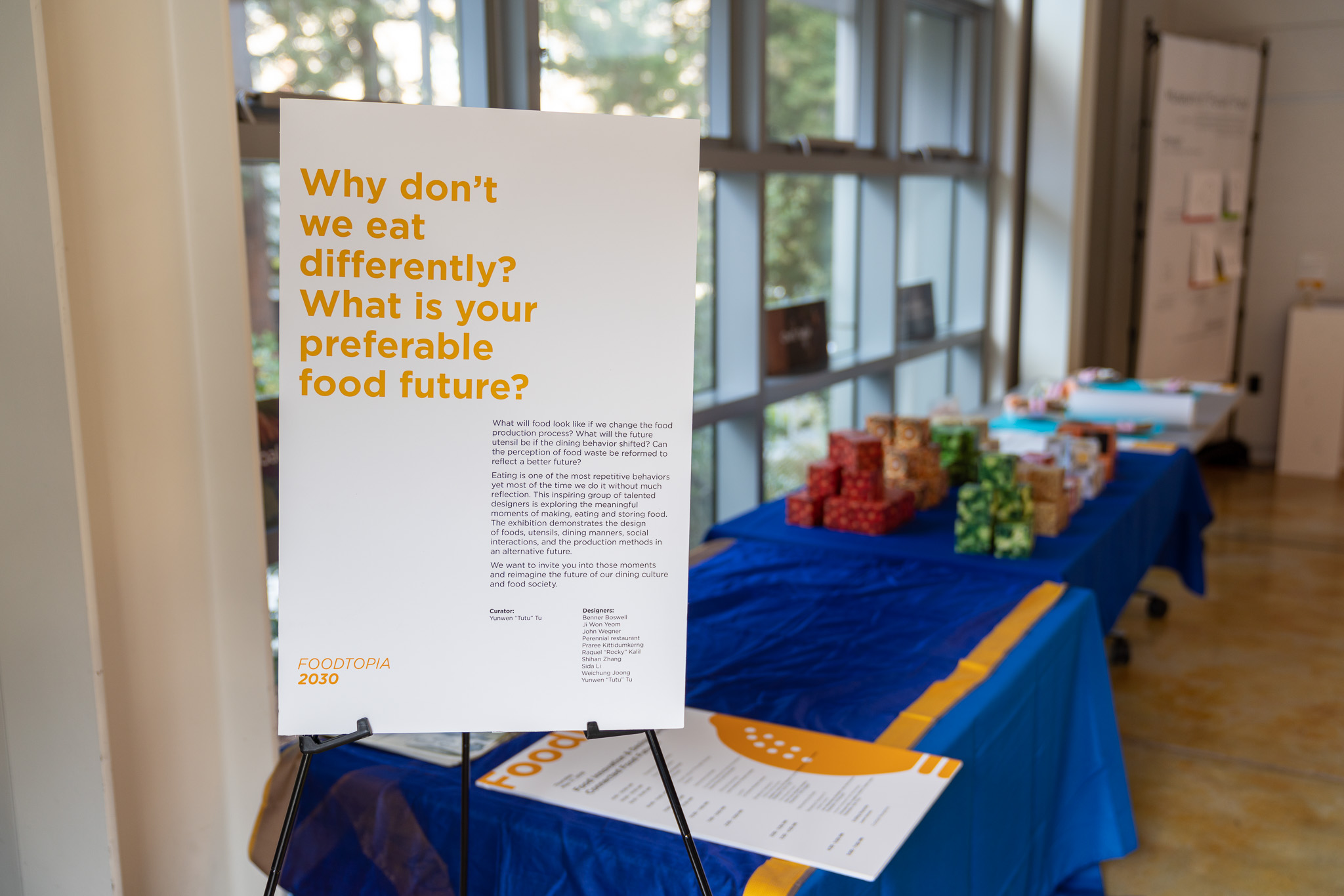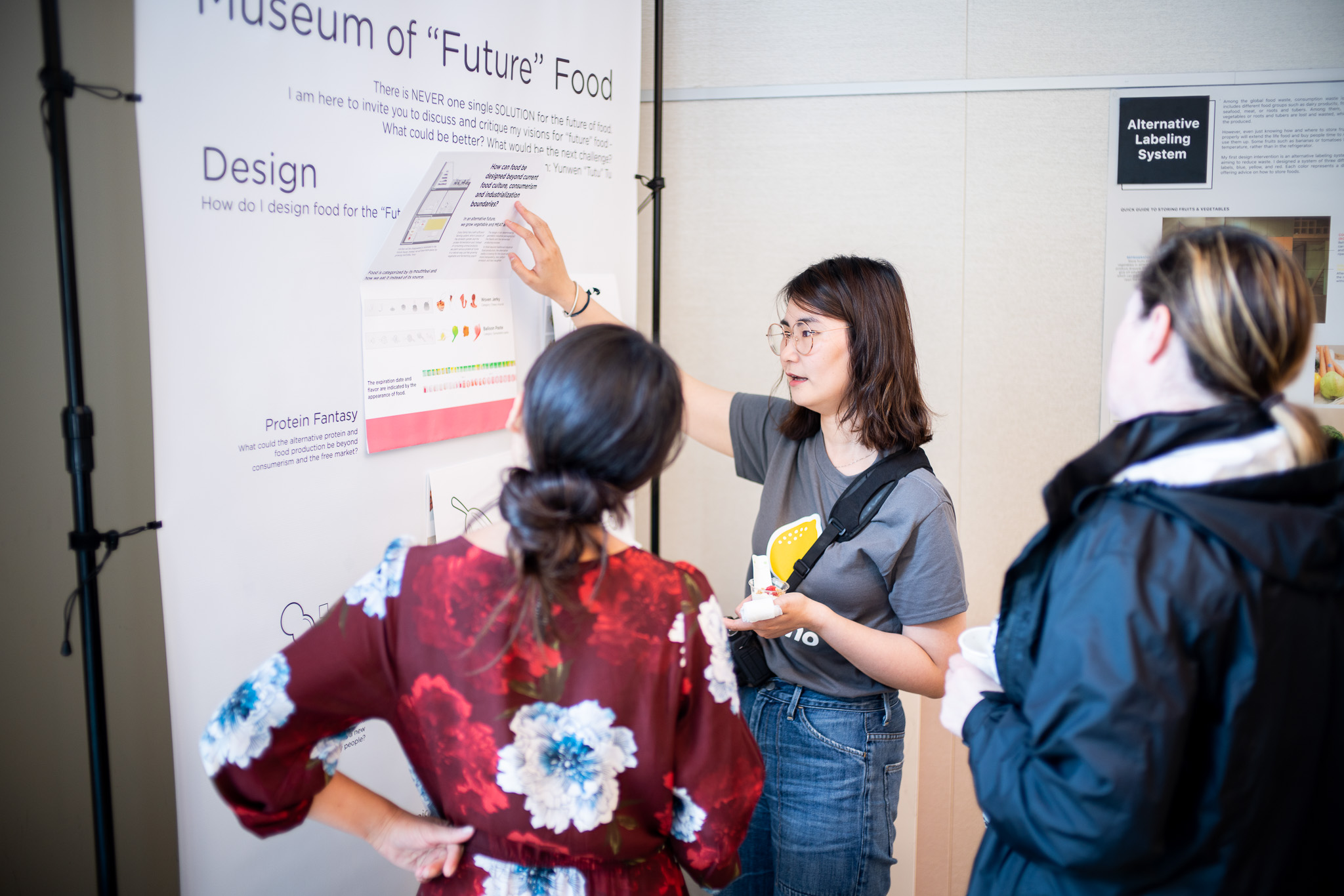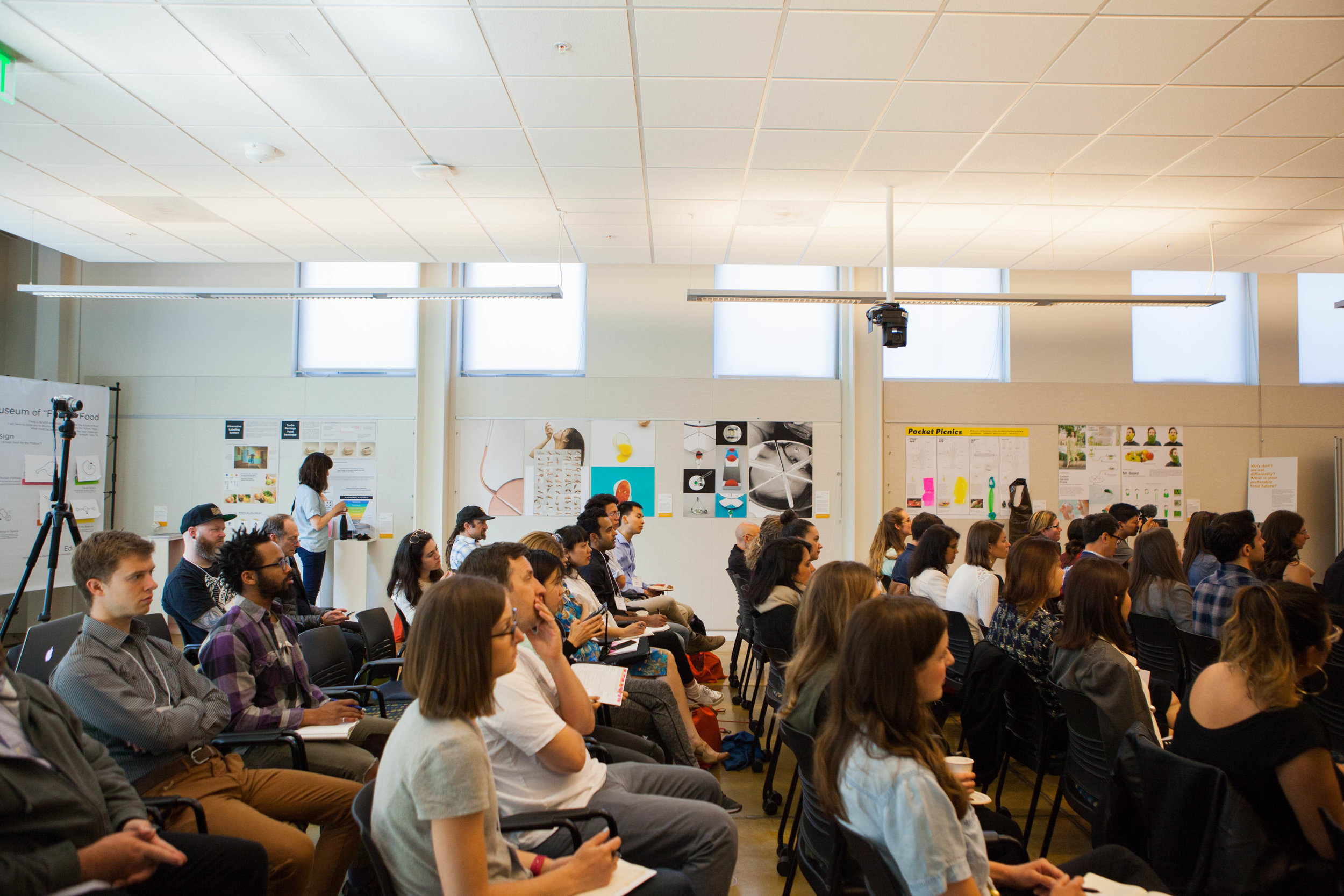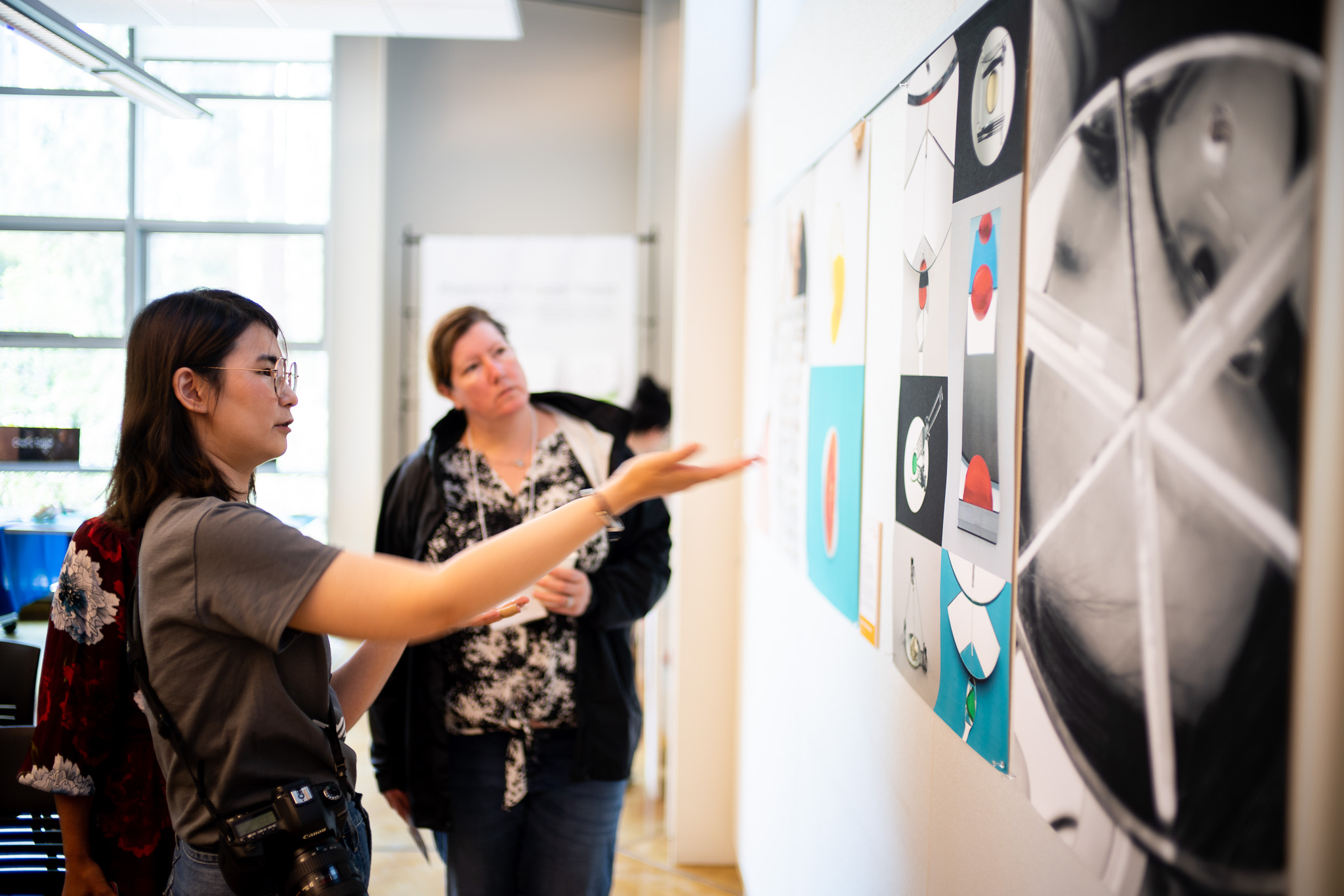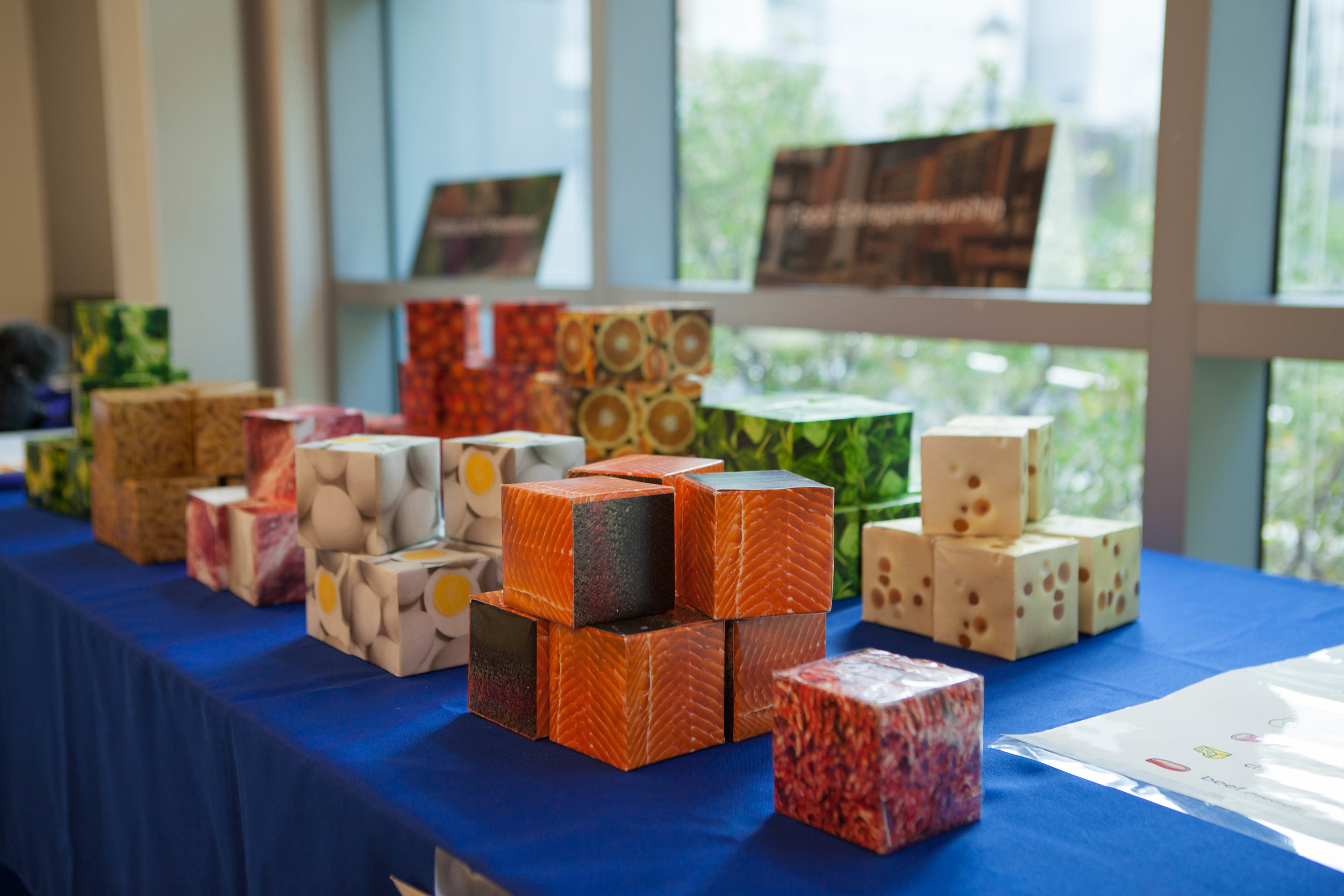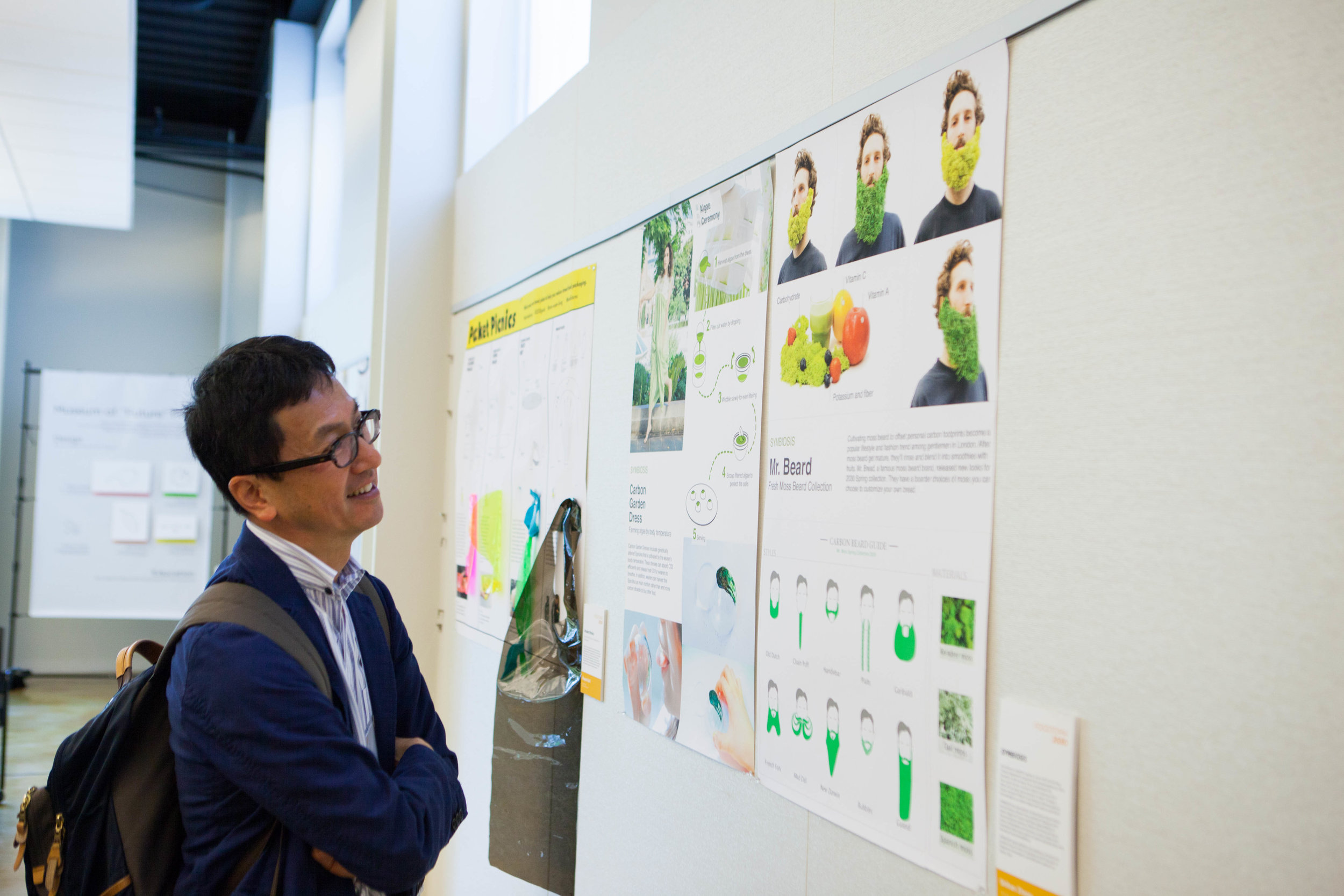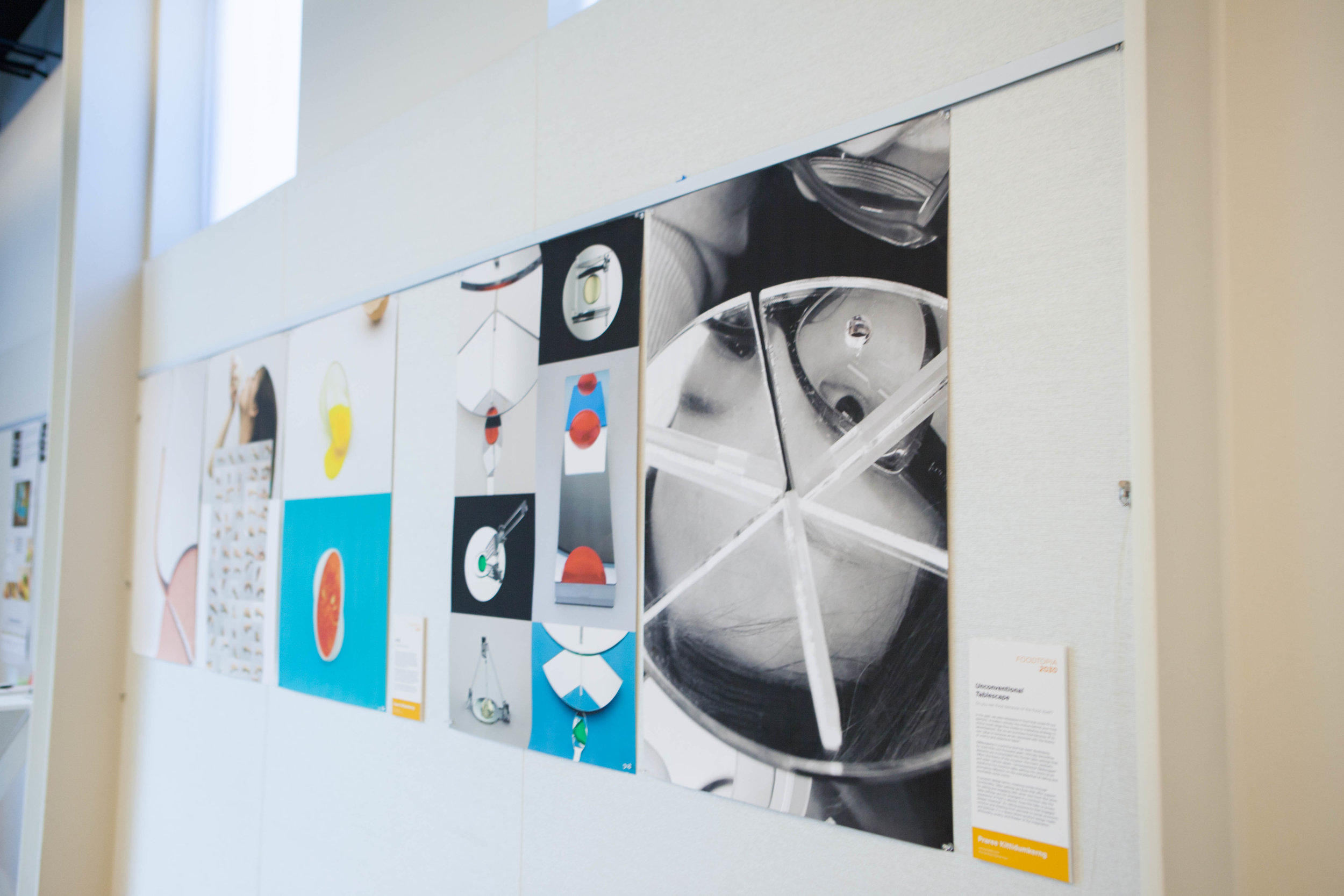In collaboration with Marianna Obrist, Carlos Velasco, and Lining Yao, we did a research on the needs on eating experience when space travel become a common activity for ordinary people. Based on the research learnings, we designed three design concepts. The paper is published on Frontiers in 2019.
Concept 1, mixing food and condensed seasoning under microgravity enviroment
Space Food Experiences: Designing Passenger's Eating Experiences for Future Space Travel Scenarios
Abstract
Given the increasing possibilities of short- and long-term space travel to the Moon and Mars, it is essential not only to design nutritious foods but also to make eating an enjoyable experience. To date, though, perhaps unsurprisingly, most research on space food design has emphasized the functional and nutritional aspects of food, and there are no systematic studies that focus on the human experience of eating in space. It is known, however, that food has a multi-dimensional and multi-sensorial role in societies and that sensory, hedonic, and social features of eating and food design should not be underestimated. Here, we present how research in the field of Human-Computer Interaction (HCI) can provide a user-centered design approach to co-create innovative ideas around the future of food and eating in space, balancing functional and experiential factors. Based on our research and inspired by advances in human-food interaction design, we have developed three design concepts that integrate and tackle the functional, sensorial, emotional, social, and environmental/atmospheric aspects of “eating experiences in space.” We can particularly capitalize on recent technological advances around digital fabrication, 3D food printing technology, and virtual and augmented reality to enable the design and integration of multisensory eating experiences. We also highlight that in future space travel, the target users will diversify. In relation to such future users, we need to consider not only astronauts (current users, paid to do the job) but also paying customers (non-astronauts) who will be able to book a space holiday to the Moon or Mars. To create the right conditions for space travel and satisfy those users, we need to innovate beyond the initial excitement of designing an “eating like an astronaut” experience. To do so we carried out a three-stage research and design process: (1) first we collected data on users imaginary of eating in space through an online survey (n = 215) to conceptualize eating experiences for short- and long-term space flights (i.e., Moon, Mars); then (2) we iteratively created three design concepts, and finally (3) asked experts in the field for their feedback on our designs. We discuss our results in the context of the wider multisensory experience design and research space.

![[Publication] Space Food Experiences: Designing Passenger's Eating Experiences for Future Space Travel Scenarios](https://images.squarespace-cdn.com/content/v1/54127a10e4b00d34f6711372/1591890075595-TM1SLTK87BXAI9E9XLMN/DkTHssJe_400x400.jpg)






